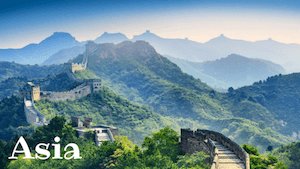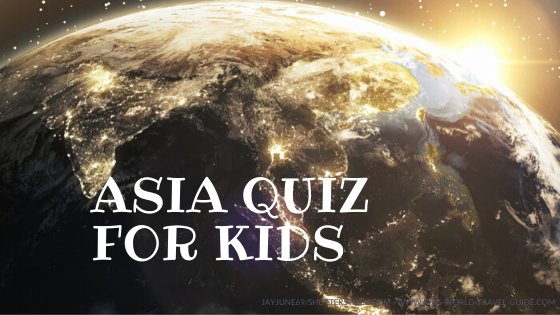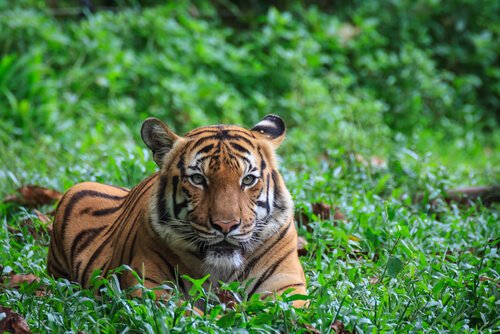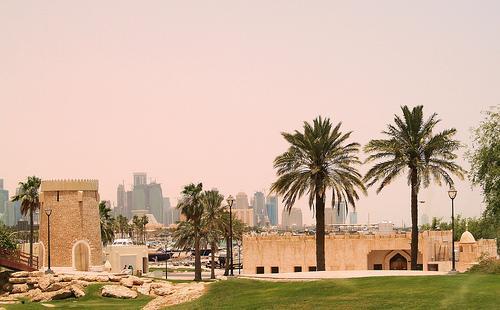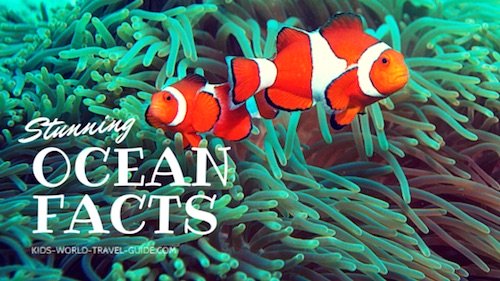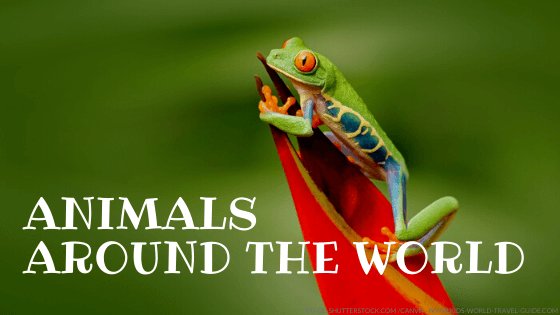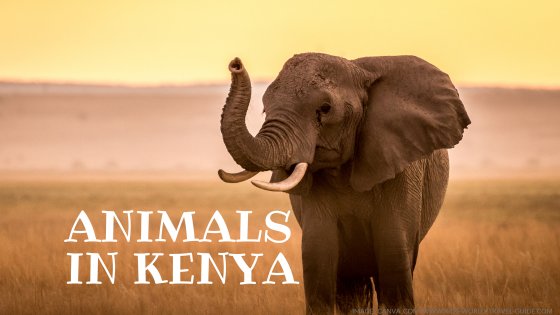Philippines Facts for Kids
Interesting Facts for Kids
 Palawan - Tarsier - Jeppney
Palawan - Tarsier - JeppneyHere are some interesting Philippines Facts which were chosen and researched by kids especially for kids.
- Population: 117 million people live in the Philippines (2024)
- Capital: Manila (metropolitan area with 15 million inhabitants)
- Government: Presidential Republic
- National Holiday: 12 June (Independence Day)

- Language: Filipino and English
- Literacy: 98% of the population over 15 years of age can read and write
- Religion: Most people are Christians (92%)
- Currency: 1 Philippines Peso (PHP) = 100 centavos
- National symbols: three stars and sun, Philippine eagle (national bird).
- National colours: red, white, blue and yellow
- National anthem: "Lupang Hinirang" (Chosen Land)
- History: The Philippines gained independence from Spain in 1898 and on 4 July 1946 independence from the USA
Philippines Facts | Geography
The Philippines is an archipelago in Southeast Asia. The archipelago is located in the Philippine Sea between the South China Sea and the Pacific Ocean.

There are 7,107 islands in the Philippines but only about 2,000 of them are inhabited. The country has a coastline of 36,289 km/ 22,548 miles and does not have land borders.
The capital city of the Philippines is Manila.
 Manila
ManilaOne of the ten largest island countries in the world is slightly larger than the state of Arizona/USA or about the size of Italy.
Philippines Facts
Philippines Geography for Kids
- The largest island of the Philippines is Luzon. This is the northernmost island also the most populated island of the Philippines.
- There are three main island groups: Luzon, Mindanao and Visayas.
- The longest river of the Philippines is the Rio Grande or Cagayan River on Luzon island with a length of 505 km/ 314 miles.
- The highest mountain is Mount Apo with 2,954 m/ 9,692 ft. This is a volcano located on Mindanao island.
 Mount Apo
Mount Apo- Many active volcanoes are located on the Philippine islands. Mount Pinatubo erupted in 1991 and this is considered the world’s second largest eruption of the 20th century.
Philippines Facts
Attractions & Landmarks
 Fort Santiago in Manila
Fort Santiago in Manila Volcano Mayon
Volcano Mayon Chocolate Hills on Bohol
Chocolate Hills on Bohol Coron island in Palawan
Coron island in Palawan Pagsanjang Waterfalls
Pagsanjang Waterfalls Batad Riceterraces
Batad Riceterraces Quezon Memorial - image by Matthew Roberge
Quezon Memorial - image by Matthew RobergePhilippines Facts
People of the Philippines
Manila is the main business centre of the Philippines. Quezon City, however, is the biggest city with about 3 million inhabitants and located within the metropolitan city of Manila.
The metropolitan area of Manila which is located on Luzon island houses about 13% of the population, about 14 million people.
 Makati is part of the metropolitan area of Manila
Makati is part of the metropolitan area of ManilaThe three largest cities in the Philippines are:
- Manila Metro Region: 14 million
- Davao: 1.8 million
- Cebu City: 1 million
Almost half of the country is used for agriculture and forests account for about one quarter of the land area.
Luzon, Cebu and Negros are the most populated islands.
Christianity is the dominant religion in the Philippines, about 80% of the people are Roman Catholics.
 Jeppney in front of the Minor Basilica in Manila
Jeppney in front of the Minor Basilica in Manila17% of the people live below the poverty line. 7 million children malnourished.
Schooling is compulsory in the Philippines for twelve years.
 School children in the Philippines - image by Sergey Podlesnov/shutterstock.com
School children in the Philippines - image by Sergey Podlesnov/shutterstock.comFootball, volleyball, tennis, basketball and martial arts are popular sports in the Philippines. The national sport is called Arnis, this is a martial arts sport which includes stick-fighting.
Philippines Facts | Languages
Filipino and English are the official languages in the Philippines. Filipino is a standard language which is based on Tagalog.
Over 100 languages are spoken in the Philippines but nineteen regional indigenous languages are used in many communities to ease communicating with each other. Among the most spoken languages are Tagalog, Bikol, Pangasinense, Cebuano or Waray.
Philippines Facts | Philippines Economy
About 48% of the country’s population live in urbanised areas or near the coast and in areas with good farmland. About one quarter of the people work in the agricultural centre.
Agricultural produce include sugar cane, coconuts, vegetables and tropical fruits and rice.
 Working on a rice field in the Philippines
Working on a rice field in the PhilippinesAmong the main resources are copper, gold, silver and nickel. The Philippines house the world’s largest resources of palladium, a rare metal. Among the main export products are also sugar, coconuts, electronics, transport equipment and minerals.
The main trading partners are Japan, the USA, China, South Korea and Germany.
The Philippines are the world’s second largest producer of biothermal energy.
Philippines Facts | Food in the Philippines
The Philippine cuisine is very varied and consists of rice and vegetable dishes as well as many dishes containing fish, seafood, chicken, pork or beef. Crocodile meat is sometimes considered a specialty.
Typical dishes include spices such as ginger and garlic as well as soy sauce or fish sauce and rice vinegar. Here are some typical Filipino dishes:
 Pancit or pansit which is a fried noodle dish
Pancit or pansit which is a fried noodle dish- adobo: chicken or pork meat marinated in soy sauce, vinegar and spices such as bay leaf, peppercorn, ginger and garlic
- kaldereta: beef stew usually made with bell peppers, carrots and potatoes
- chicken tinola: chicken soup with green papaya
- pansit: fried noodle dish with many variations
- lumpia: Filipino version of a spring roll usually dunked in a sweet and sour sauce
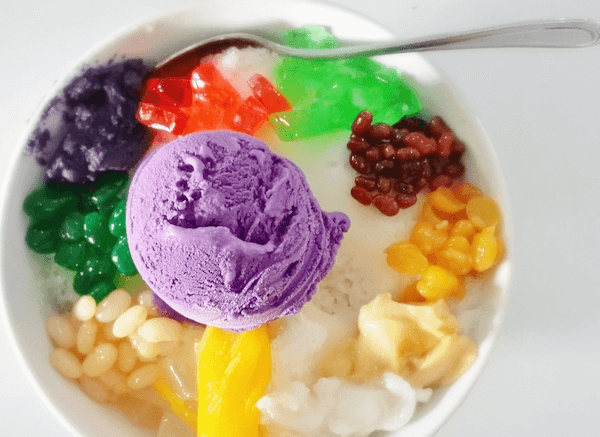 Halo halo with purple ube ice-cream
Halo halo with purple ube ice-cream- halo-halo: desert with fruits, sweet beans and multicoloured shaved ice topped with evaporated milk and often purple ice-cream.
- ube ice-cream: The purple colour comes from using ube, which are purple coloured sweet yams
Kain na! as they say in Tagalog. Let’s eat! Come eat with us!
Philippines Facts
Animals in the Philippines
The Philippines belong to the 17 megadiverse countries of our planet.
The rainforests of the Philippines house over 500 species of birds, more than a third of the bird species are not found anywhere else in the world. There are also about 100 mammal species that only can be found on the Philippines.
Many indigenous species are endangered, such as the Philippine tarsier.
 Tarsier
TarsierTarsiers are unique to rainforest areas, but today they only exist in the Philippines, Malaysia and Indonesia. On the Philippine islands there are only about 700 tarsiers left.
Philippines Flora
There are about 13,500 plant species with over 8,500 species of flowering plants. Over 3,000 plant species are only found on the Philippines. The Philippine rainforests are known for its unique orchids of which there are over 500 species.
Essays about the Philippines
Other Popular Pages
Christmas Special Pages
Philippines Facts - Resources
These are the resources that were used for this article about the most important Philippines Facts:
- Philippines Tourism. "Welcome to the Philippines." PhilippinesTourism. Last accessed 30 November 2024
- Central Intelligence Agency. "Philippines". World Fact Book. Last updated 26 November 2024. Last accessed 30 November 2024
- Department of Tourism. "Foodie Heaven." Its' more fun in the Philippines. Last accessed 30 November 2024
Please bookmark our page if you are interested in Philippines Facts for Kids. Our section about the Philippines for Kids will be updated regularly. Feel free to contact us if you or your school would like to join in our schools project. Looking forward to hearing from you!
And enjoy learning more great Philippines Facts soon:-)
Picture credits in main text on Philippines Facts: shutterstock.com
Return from Philippines Facts to Kids-World-Travel-Guide Homepage
More about Countries and Territories in Asia
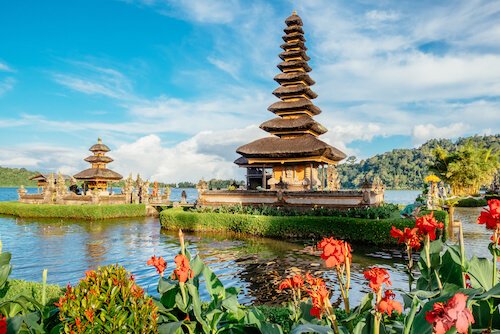 Indonesia
Indonesia Nepal
Nepal Sri Lanka
Sri Lanka Thailand
Thailand



